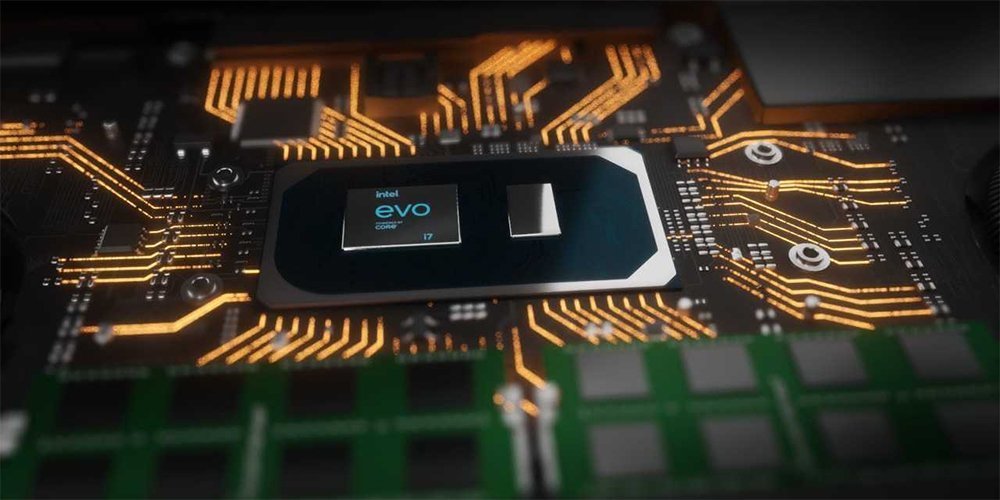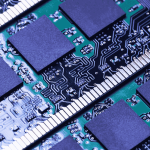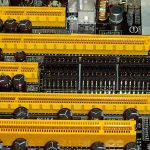Serial Attached SCSI (SAS) is a communication protocol traditionally used to move data between storage devices and host. SAS is based on a serial point-to-point physical connection. It uses a standard SCSI command set to drive device communications. Today, SAS based devices most commonly run at 6 Gbps, but 12 Gbps SAS are available too. On the other side, SAS interface can also be run at slower speeds—1.5 Gbps and/or 3 Gbps to support legacy systems.
SAS offers backwards-compatibility with second-generation SATA drives. The T10 technical committee of the International Committee for Information Technology Standards (INCITS) develops and maintains the SAS protocol; the SCSI Trade Association (SCSITA) promotes the technology.
Serial ATA(SATA or Serial Advanced Technology Attachment) is another interface protocol used for connecting host bus adapters to mass storage devices, such as hard disk drives and solid state drives. Serial ATA was designed to replace the older parallel ATA/IDE protocol. SATA is also based on a point-to-point connection. It uses ATA and ATAPI command sets to drive device communications. Today, SATA based devices run either at 3 or 6 Gbps.
Serial ATA industry compatibility specifications originate from the Serial ATA International Organization (aka. SATA-IO).
A typical SAS eco-system consists of SAS SSDs plugged into a SAS backplane or a host bus adapter via a point to point connection, which, in turn, is connected to the host microprocessor either via either an expander or directly, as shown in Fig. 1.7.
Each expander can support up to 255 connections to enable a total of 65535 (64k) SAS connections. Indeed, SAS based deployments enable the usage of a large number of SAS SSDs in a shared storage environment.
SAS SSDs are built with two ports. This dual port functionality allows host systems to have redundant connections to SAS SSDs. In case one of the connections to the SSD is either broken or not properly working, host systems still have the second port that can be used to maintain continuous access to the SAS SSD. In enterprise applications where high availability is an absolute requirement, this feature is key.
SAS SSDs also support hot-plug: this feature enables SAS SSDs to be dynamically removed or inserted while the system is running; it also allows automatic detection of

newly inserted SAS SSDs. In fact, while a server or storage system is running, newly inserted SAS SSDs can be dynamically configured and put in use. Additionally, if SAS SSDs are pulled out of a running system, all the in-flight data that were already committed to the host system are stored inside the SAS drive, and can be accessed at a later point, when the SSD is powered back on.
Differently from SAS, a typical SATA infrastructure consists of SATA SSDs point-to-point connected to a host bus adapter driven by the host microprocessor. In addition, SATA drives are built with a single port, unlike SAS SSDs. These two main differences make SATA based SSDs a good fit for entry or mid-range deployments and consumer applications.
The SATA protocol supports hot-plug; however, not all SATA drives are designed for it. In fact, hot-plug requires specific hardware (i.e. additional cost) to guarantee that committed data, which are actually still in-flight, are safely stored during a power drop.
It is worth highlighting that SATA drives may be connected to SAS backplanes, but SAS drives can’t be connected to SATA backplanes. Of course, this another reason for the broad SATA penetration in the market.
Similarities between SAS and SATA are:
· Both types plug into the SAS backplane;
· The drives are interchangeable within a SAS drive bay module;
· Both are long proven technologies, with worldwide acceptance;
· Both employ point-to-point architecture;
· Both are hot pluggable.
Differences between SAS and SATA are:
· SATA devices are cheaper;
· SATA devices use the ATA command set, SAS the SCSI command set;
· SAS drives have dual port capability and lower latencies;
· While both types plug into the SAS backplane, a SATA backplane cannot accommodate SAS drives;
· SAS drives are tested against much more rigid specifications;
· SAS drives are faster and offer additional features, like variable sector size, LED indicators, dual port, and data integrity;
· SAS supports link aggregation (wide port).


